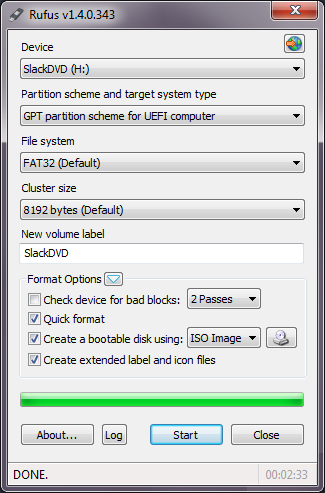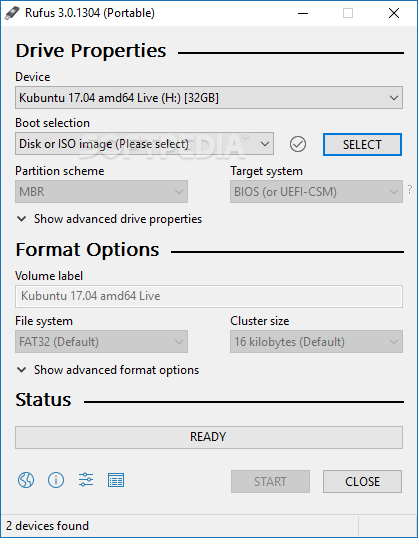


If I have a WIM that's larger than 4GB, I use Rufus to create a specially prepared flash drive that uses an NTFS partition for the main data but also contains a small FAT partition that stores a UEFI NTFS driver. Spanning WIMs can be a problem because the Windows Setup interface won't allow you to select images that reside in a spanned WIM, so if you use a spanned WIM you'd need to apply the image to the disk manually using a tool like DISM - but most people don't know how to do that. It also supports booting from MBR-initialized devices for backward compatibility, but it's fine with GPT. I do it all the time, and in fact UEFI is explicitly intended to boot from GPT devices. And you can absolutely use a GPT-initialized disk to boot in UEFI mode from USB devices. GPT is a partition layout scheme for the entire disk (the other option is MBR), whereas FAT32 is a file system for a partition (other options include NTFS, exFAT, etc.) You can have a GPT flash drive that uses a FAT32 partition or an MBR flash drive that uses a FAT32 partition.


 0 kommentar(er)
0 kommentar(er)
